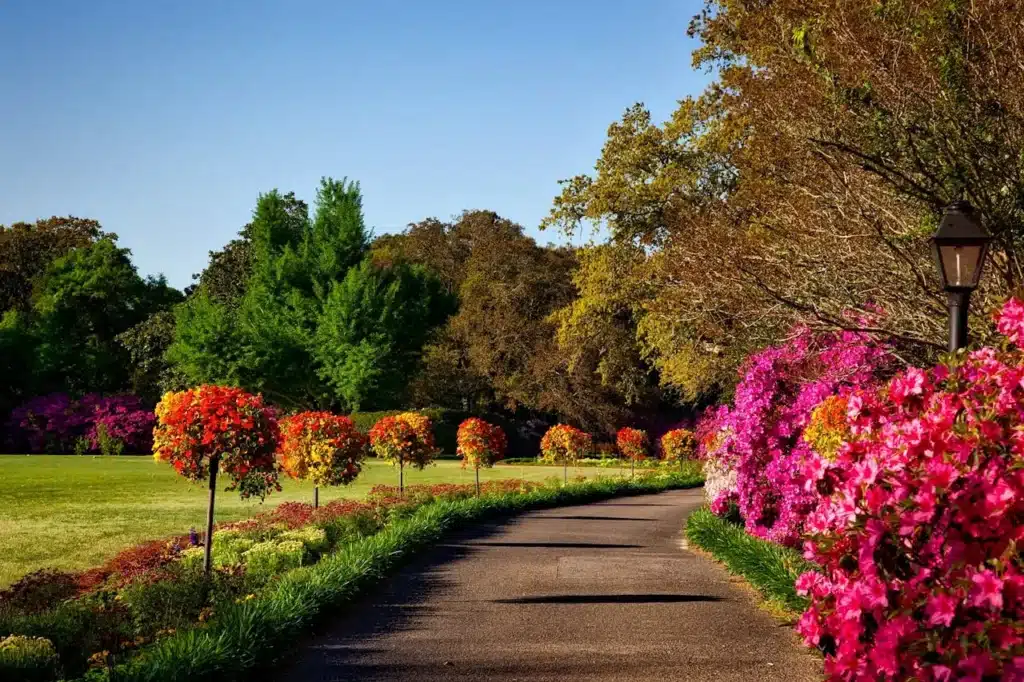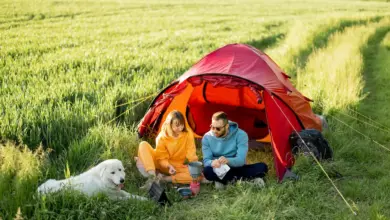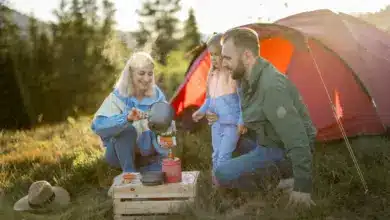Setting up camp in remote locations is the kind of adventure many dream about—off the grid, fresh air, starry skies. But anyone who’s tried it knows there’s a fine line between a fun escape and a logistical headache. Whether you’re organizing a weekend getaway with friends or prepping a base for field research, planning ahead is your best friend. This includes thinking through safety, transport, and minimizing your environmental impact.
Here’s a practical, no-frills guide to help you build smarter campsites, move gear efficiently, and tread lightly on nature.
Why Planning Matters—Even in the Wild
It’s tempting to think of remote camping as carefree and spontaneous. But in reality, the more isolated the site, the more preparation it demands. From weather changes to medical emergencies to just getting your gear there—planning isn’t just nice, it’s necessary.
More than that, how you transport your gear affects your ability to leave the site as pristine as you found it. Efficient setups not only save you time and energy, but they also help you reduce your footprint. That’s a win for everyone.
Choosing the Right Transport Tools
If you’re camping somewhere accessible by road or trail, using the right hauling gear can make all the difference. Think about your needs: Are you carrying firewood? Heavy tents? Cooking equipment? Maybe even water tanks?
This is where having access to industry standard options for trailers or carriers comes in handy. Something like aluminum trailers provides a lightweight yet sturdy solution for hauling gear across rugged terrain. They’re durable, rust-resistant, and easy to tow—even with smaller vehicles.
You want something that’s efficient but also simple to load and unload. Keep in mind that struggling with gear at dusk in unfamiliar terrain is a guaranteed way to start the trip on a sour note.
Safety Comes First—Always
Before dreaming up your ideal tent layout or hammock spot, make sure your chosen location is safe. Start with the basics:
- Flat, dry ground: Avoid setting up near riverbanks or low-lying areas that could flood.
- Shelter from wind: Natural barriers like shrubs or boulders can provide protection.
- Distance from wildlife paths: These are usually easy to spot with a bit of observation—flattened grass, droppings, or claw marks on trees are tell-tale signs.
Next, establish clear emergency plans. Share your itinerary with someone back home, pack a first aid kit, and bring a backup communication device if cell service is spotty (which it often is in remote areas).

Packing Smarter, Not Heavier
Let’s face it—lugging a full camp kit uphill isn’t anyone’s idea of fun. This is where good gear and smarter packing strategies shine.
Here’s a simple system:
- Group by use: Cooking items in one box, sleeping gear in another, and so on.
- Use stackable bins: Not only do they keep things organized, but they’re easier to load on trailers or carriers.
- Label everything: It might seem overkill at first, but in the dark or rain, those sharpie notes are lifesavers.
Also, be ruthless about what you bring. Do you need that full-sized camp stove for a weekend trip? Probably not. Cutting down on gear means less transport, faster setup, and a more enjoyable experience overall.
Eco-Friendly Habits Go a Long Way
Even the best-looking campsites are temporary by nature—and that’s the point. Respecting the environment isn’t just about packing up your trash. It starts with how you get there and how much disruption you cause along the way.
Here are a few gentle reminders:
- Stick to established roads and trails whenever possible.
- Avoid clearing vegetation unless absolutely necessary.
- Use existing fire pits or bring a portable stove to minimize soil damage.
- Transport gear in fewer trips, using efficient haulers, to reduce impact on the terrain.
The goal? Make it look like you were never there.
Streamlining Setup and Takedown
Campsite setup doesn’t have to be a two-hour ordeal with missing tent poles and mystery ropes. Create a setup routine that works for you and your group. Practice at home if it’s your first time using new gear.
Some tips to make it all smoother:
- Color code tent lines and poles: Small effort, big payoff.
- Lay out gear before assembling anything: This saves you from digging through bags halfway through setup.
- Assign roles: One person handles the tents, another handles the cooking gear, and so on. Teamwork makes everything faster.
When it’s time to pack up, reverse the order and give yourself extra time to double-check for forgotten items or trash.
Camp Comfort with Less Clutter
Sure, camping is about getting back to basics—but comfort still matters. Instead of piling on the gadgets, focus on essentials that offer flexibility. A collapsible table? Handy. Solar-powered lights? Useful and sustainable. Extra tarps? Always a good idea.
If your transport setup is dialed in, you’ll have space for a few of these creature comforts without feeling like you’re dragging your entire garage into the woods.
Wrapping It Up
Planning a remote camping trip doesn’t mean turning into an expedition leader or bringing half your house with you. It’s about making smart choices, packing thoughtfully, and using the right tools to get your gear where it needs to be—safely and responsibly.
When transport is easy and the impact is light, you can focus on what really matters: the fresh air, the stars, and the stories around the fire.
Now go on—plan that trip, bring only what you need, and leave no trace behind.


